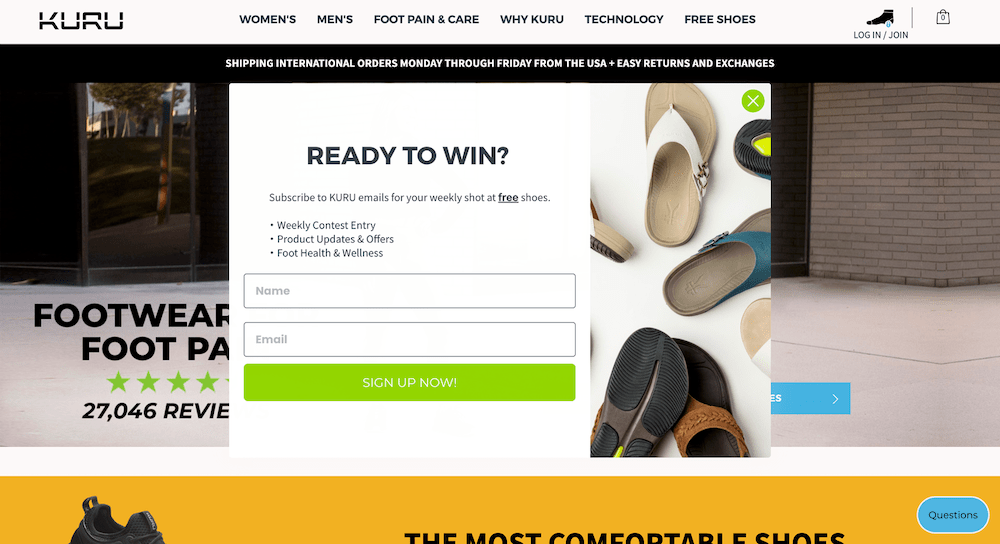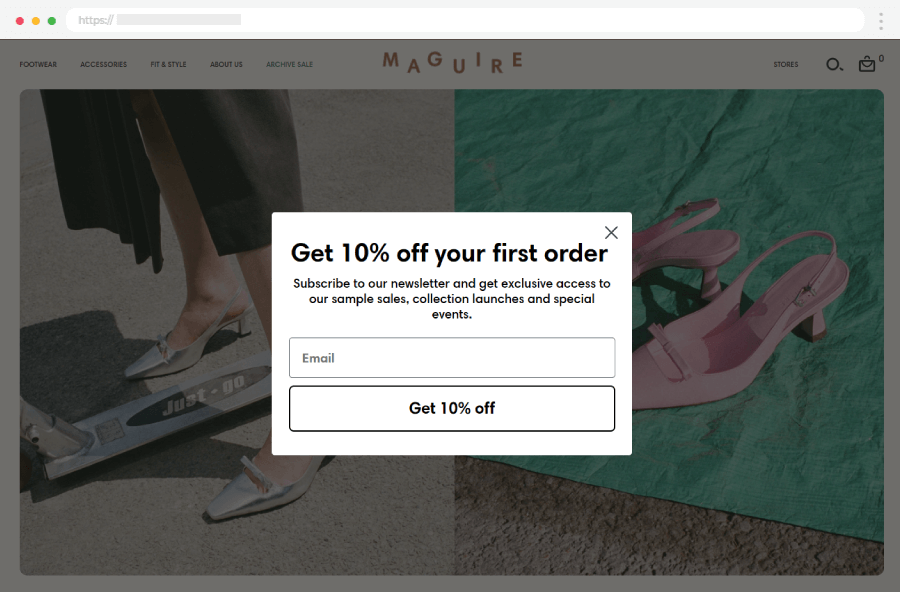
Test and iterate: how to continuously optimize your pop-ups?
Avez-vous déjà mis en place des pop-ups sans obtenir les résultats escomptés ? Pourtant, bien optimisés, ces outils peuvent considérablement booster vos conversions. Loin d’être de simples fenêtres intrusives, les pop-ups sont de puissants leviers marketing… à condition d’être testés et ajustés en permanence. En effet, une approche basée sur l’itération et l’analyse des performances permet d’affiner vos stratégies pour captiver vos visiteurs sans les repousser. Découvrez comment optimiser continuellement vos pop-ups pour maximiser leur efficacité et offrir une expérience utilisateur irréprochable. Suivez le guide !
Why testing and iterating is essential to optimize your pop-ups?
Pop-ups have become essential tools in digital marketing. However, if poorly designed, they can be perceived as intrusive and harm the user experience. Continuously testing and adjusting your pop-ups is therefore a necessity to maximize their effectiveness and improve your conversion rate.

The impact of pop-ups on conversion
A well-optimized pop-up can significantly increase your conversion rate. According to a study by Sumo, the best pop-ups have an average conversion rate of 9.28%, well above the usual standards. This shows that, far from being a mere interface element, a strategic pop-up can become a powerful lever for acquisition and retention.
Avoiding common mistakes
One of the most common pitfalls is using overly aggressive or poorly targeted pop-ups. For example:
- A pop-up that appears too early can frustrate a visitor before they even discover your content.
- A generic message not tailored to your audience’s needs may reduce its impact.
- An unengaging design or unclear call-to-action can harm conversions.
An approach based on testing and iteration allows you to adjust these elements based on visitor behavior and progressively optimize the user experience.
Poosh: a simple and effective testing and optimization tool
To refine your strategies, Poosh allows you to send notifications and analyze their performance in real-time. With its intuitive dashboard, you can track the impact of each notification and adjust your approach based on the collected data.
How to continuously test and improve your pop-ups?
Optimizing pop-ups does not rely on a one-size-fits-all approach. It is essential to adopt a strategy based on experimentation and data analysis to identify what works best. Here are the key steps to test and refine your pop-ups to maximize their impact.

Conduct regular A/B tests
The A/B test is an essential method for improving the performance of your pop-ups. It involves comparing two versions of the same pop-up by modifying only one element at a time, such as:
- The design (color, font, images)
- The message (tone used, text length, promise)
- The appearance timing (upon landing on the page, after X seconds, upon exit)
- The call-to-action (CTA) (placement, color, text)
According to a study by HubSpot, A/B testing can increase conversions by 49% on average when conducted systematically. With Poosh, you can easily set up these tests and obtain accurate results on the effectiveness of each variant.
Analyze performance and adjust accordingly
Monitoring the key performance indicators (KPIs) is essential to determine if a pop-up meets its objectives. Among the metrics to track:
- The conversion rate: how many visitors filled out your form or clicked your CTA?
- The bounce rate: does your pop-up cause users to leave the page?
- The time spent on the page after the pop-up appears: does your message capture attention or distract the user?
With the analytical dashboard of Poosh, you have access to this data in real time and can adjust your notifications based on the observed performance.
Personalize and segment for better effectiveness
An effective pop-up is one that is tailored to its audience. Instead of displaying the same message to all visitors, segment your audience based on specific criteria:
- Navigation behavior (pages visited, time spent on the site)
- Traffic source (social media, search engines, email marketing)
- Stage in the conversion funnel (new visitor vs loyal customer)
For example, a social proof pop-up displaying the number of users who recently purchased a product can convince a hesitant prospect. Poosh makes it easy to implement these strategies with its 24 customizable notification formats.
Continuously testing and optimizing your pop-ups is the key to maximizing your conversions. With Poosh, analyze, adjust, and personalize your notifications for optimal performance. Take action now!